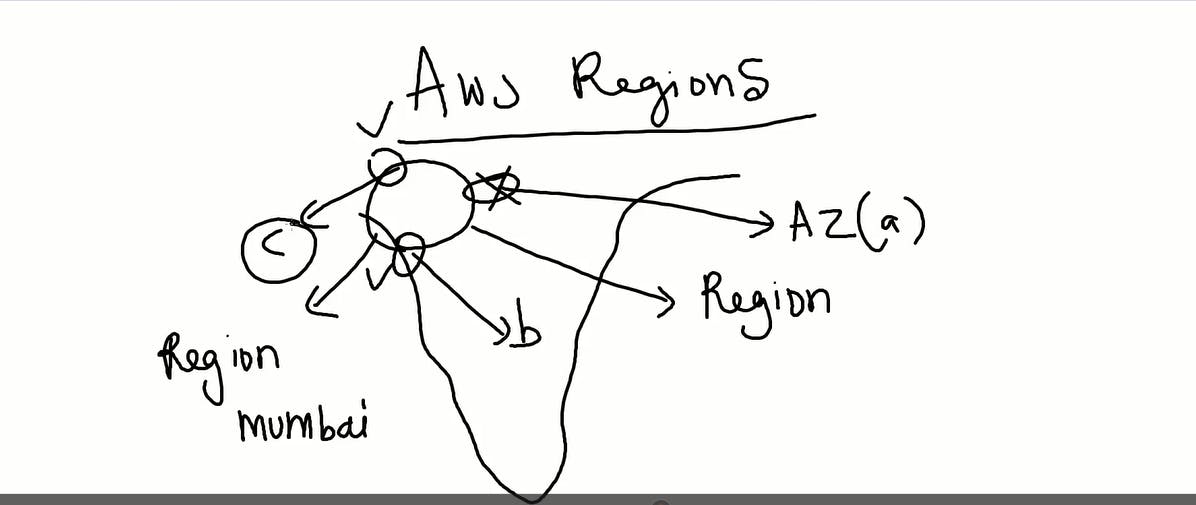Exploring the Power of AWS Cloud Regions and Availability Zones
AWS REGIONS:
Regions provide multiple, physically separated, and isolated Availability Zones which are connected with low latency, high throughput, and highly redundant networking.
Amazon Web Services (AWS) currently has 26 regions in operation and a further 8 under development, meaning that the company will have a total of 34 regions available by the end of 2024. Within each AWS region are 3 to 6 isolated, and physically separate locations, known as availability zones, which have independent power, cooling, and physical security, and are connected to each other with a redundant, low-latency, private fiber-optic network.

AWS Launches Second Region in India
The new AWS Asia Pacific (Hyderabad) Region is now open! The Hyderabad Region consists of three Availability Zones and is our second region in India, joining the AWS Asia Pacific (Mumbai) Region, giving customers more choice and flexibility to leverage advanced technologies from the world’s leading cloud provider.
Default Region:Us-east-1(N.Virginia)

Availability Zones:
An availability zone is a logical data center in a region available for use by any AWS customer. Each zone in a region has redundant and separate power, networking and connectivity to reduce the likelihood of two zones failing simultaneously. A common misconception is that a single zone equals a single data center. In fact, each zone is backed by one or more physical data centers, with the largest backed by five. While a single availability zone can span multiple data centers, no two zones share a data center.
e.g.Lets take Mumbai region,and a-b-c are the Availability zones like shown in below diagram
So if some Disaster happened at one of the datacentre(AZ) it will save us from that.

AZ Servers:Based on your selection hardware gets selected like..instance type t2 micro etc.

Multi-Region Disaster Recovery:
With the multi-Region active/passive strategy, your workloads operate in primary and secondary Regions with full capacity. The main traffic flows through the primary and the secondary Region acts as a recovery Region in case of a disaster event. This makes your infrastructure more resilient and highly available and allows business continuity with minimal impact on production workloads.
AWS Global Infrastructure Map
The AWS Cloud spans 99 Availability Zones within 31 geographic regions around the world, with announced plans for 15 more Availability Zones and 5 more AWS Regions in Canada, Israel, Malaysia, New Zealand, and Thailand.

Map:Green:Regions
Red:Coming Soon.
Availability Zones vs AWS Regions
AWS Regions are large and widely dispersed into separate geographic locations. Availability Zones are distinct locations within an AWS Region that are engineered to be isolated from failures in other Availability Zones.
